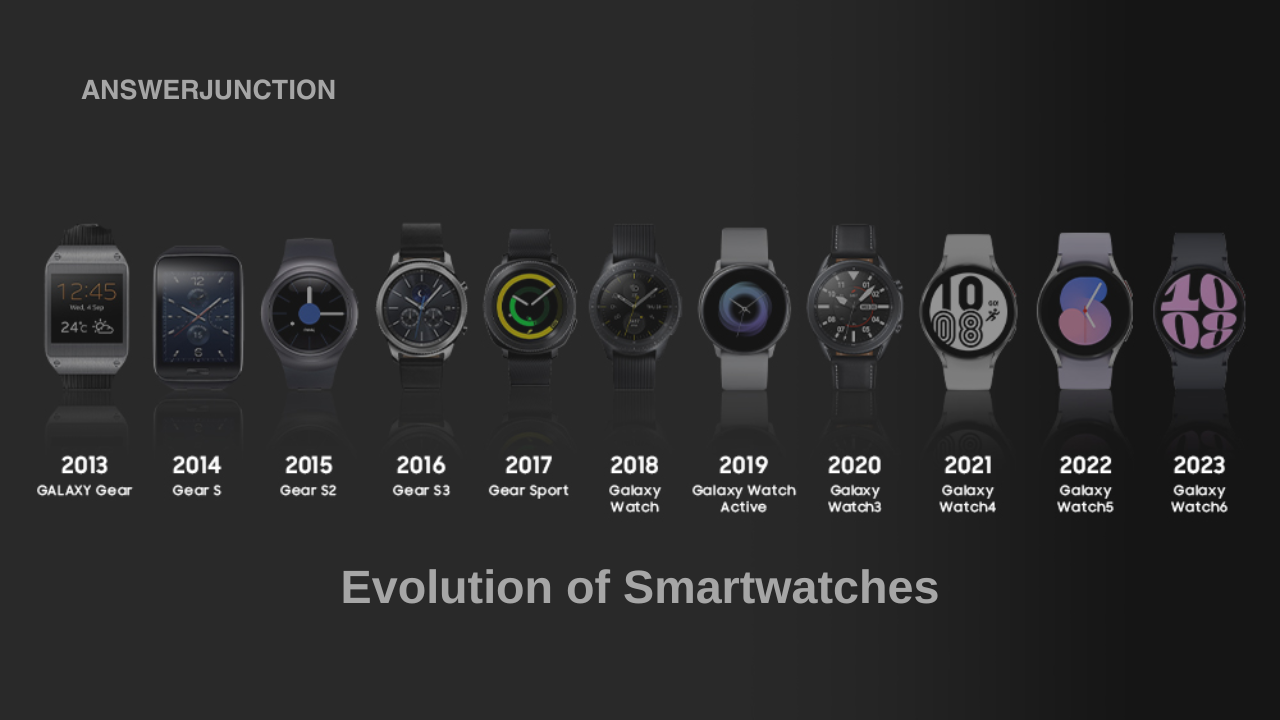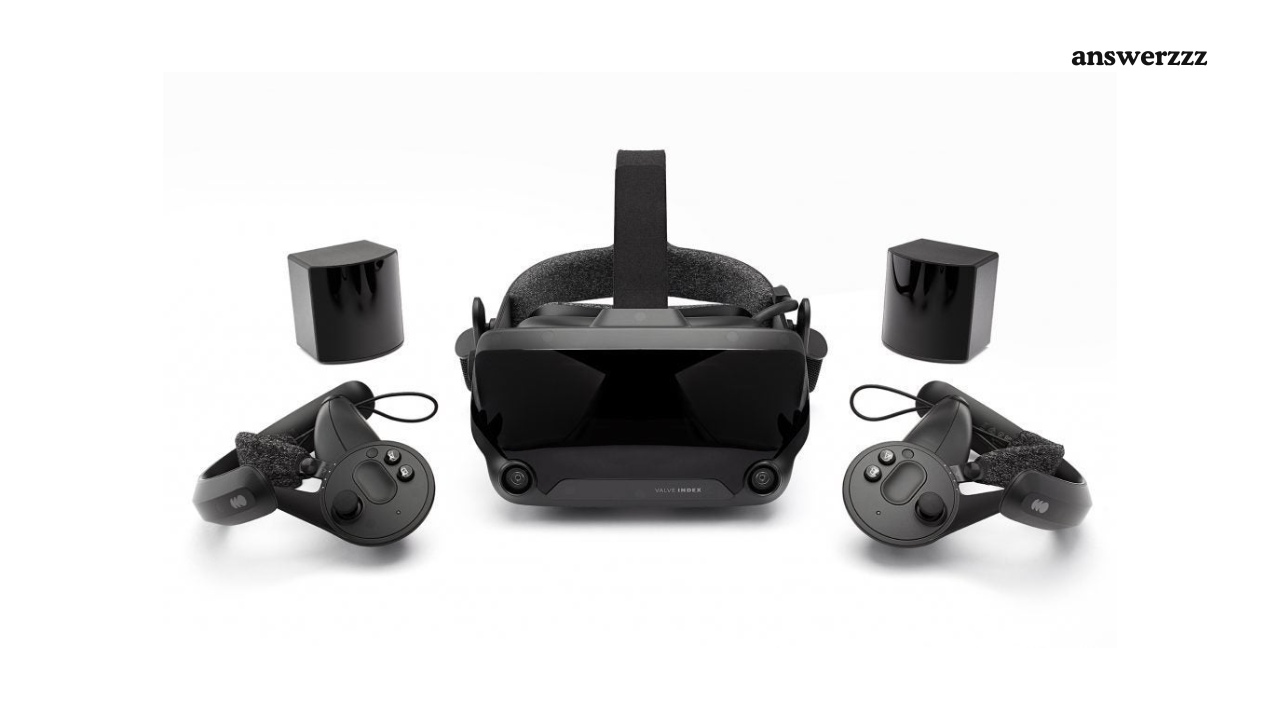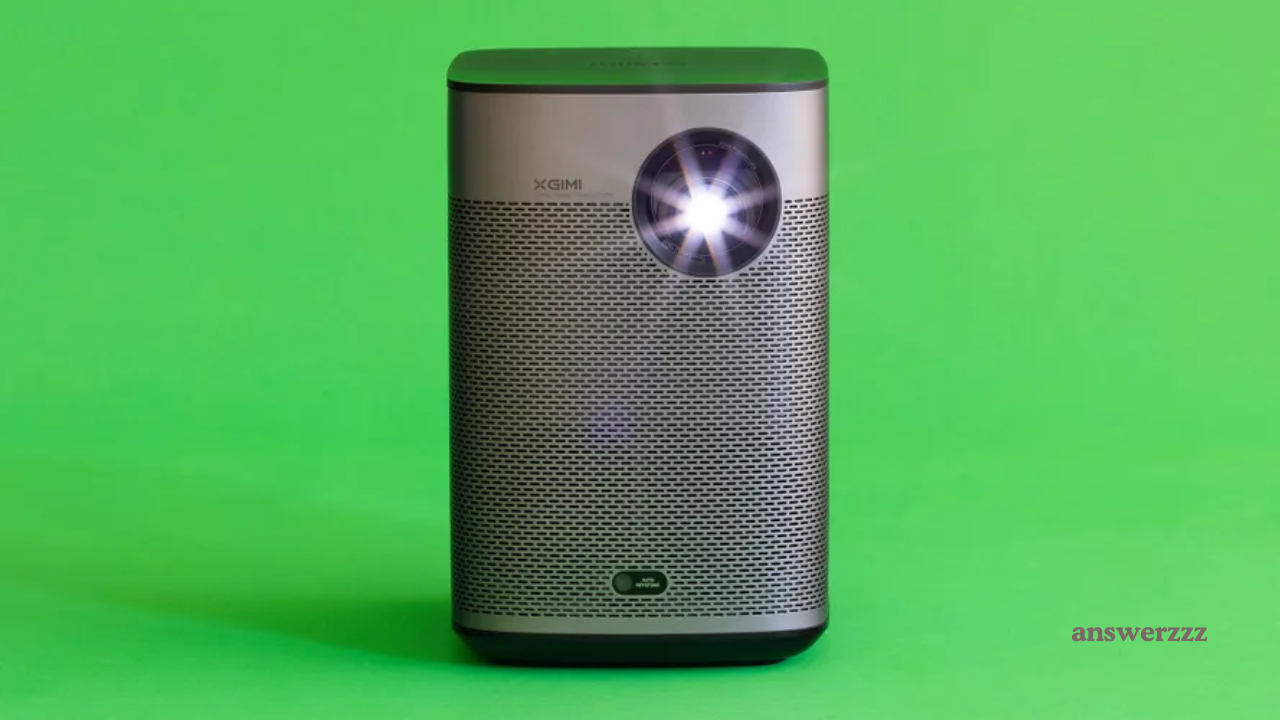The world of wearable technology has seen significant innovations in recent decades, with smartwatches emerging as one of the most popular and accessible advancements. These sophisticated devices, once limited to basic time-telling and fitness tracking, have now evolved into powerful tools that blend functionality, health monitoring, communication, and entertainment in a compact and stylish form.
From their early days as clunky wrist gadgets to today’s sleek, multifunctional devices, smartwatches have experienced remarkable technological progress. This article delves into the evolution of smartwatches, exploring their origins, milestones, and how they’ve shaped the future of personal technology.
Origins of the Smartwatch: Humble Beginnings
The First Digital Watches
While the idea of a wearable device dates back to the early 20th century, the first significant innovation in wrist-worn technology came with digital watches. The Hamilton Pulsar, released in 1972, is considered the first digital watch and set the stage for more advanced features to be integrated into wristwatches.
This basic digital watch could only tell the time but marked a technological shift away from mechanical timepieces. The ability to show digital time opened the door for additional features to be added in the future.
Early Attempts at Smartwatches
Before smartwatches became mainstream, several early attempts paved the way for their development. One of the first notable innovations came from Seiko, a Japanese company that released the Seiko Data 2000 in 1983. This early version of a smartwatch allowed users to store data on their wrist, though it required a separate keyboard for input.
A year later, Seiko introduced the RC-1000 wrist terminal, which could connect to computers, making it a precursor to the modern-day smartwatch’s connectivity features. While these early models were limited in functionality and appeal, they showcased the potential of combining computing power with wearable devices.
Another landmark release came in 1994 when Microsoft introduced the Datalink 150, a watch developed in collaboration with Timex. The Datalink allowed users to upload contacts, calendar appointments, and other data from their computer to the watch, representing an early attempt at wireless data transfer.
Although these devices were far from the sophisticated smartwatches we see today, they laid the groundwork for the concept of wearable technology and hinted at what the future held.
The Arrival of Modern Smartwatches: The 21st-Century Boom
The Pebble Smartwatch: A Crowdfunding Phenomenon
The true rise of modern smartwatches began in the early 2010s. In 2012, Pebble Technology Corporation launched the Pebble smartwatch through a Kickstarter campaign, raising over $10 million and sparking widespread interest in wearable technology. The Pebble watch featured an e-paper display, smartphone connectivity, customizable watch faces, and fitness tracking capabilities.
Pebble’s success highlighted the growing demand for smartwatches, and its ability to connect with both iOS and Android devices made it a versatile option for tech enthusiasts. The watch also featured a robust battery life, which became a standout feature in comparison to later models that prioritized functionality over battery endurance.
Although Pebble eventually went out of business in 2016, its legacy remains, as it played a key role in popularizing smartwatches and demonstrated the market potential for these devices.
Enter the Giants: Apple and Android
While Pebble may have brought smartwatches into the public eye, the arrival of tech giants like Apple and Google marked a significant turning point in their evolution. The launch of the Apple Watch in 2015 brought smartwatches into the mainstream, offering sleek design, seamless integration with iPhones, and a range of advanced features.
Apple’s entry into the smartwatch market quickly outpaced competitors, with the Apple Watch becoming a best-seller within months of its release. The watch offered notifications, fitness tracking, music playback, and the ability to make calls and send texts, all from the wrist. It also introduced the first serious focus on health monitoring with features like a heart rate sensor, which would be expanded in later iterations.
Google, on the other hand, entered the smartwatch arena through Android Wear (now Wear OS), a platform designed to bring smart functionality to watches running on the Android operating system. This allowed a variety of manufacturers, including Motorola, Samsung, LG, and others, to develop their own smartwatches.
The competition between Apple and Android-based watches has driven innovation and expansion in the market, creating a diverse range of options for consumers and continuously improving smartwatch technology.
Expanding Functionality: Fitness Tracking and Health Monitoring

As smartwatches developed, fitness tracking and health monitoring became central to their appeal. Early fitness tracking features included basic step counting and calorie tracking, but soon evolved into comprehensive health platforms capable of tracking heart rate, sleep patterns, and even advanced metrics like VO2 max and blood oxygen levels.
Fitbit, known for its focus on health and fitness, was one of the pioneers in this space. While it started with simple fitness bands, the company eventually expanded into smartwatches with products like the Fitbit Versa and Fitbit Sense. These watches combined fitness and health features with smartwatch functionality, creating a more well-rounded device.
The Apple Watch took health tracking to the next level with the release of the Apple Watch Series 4 in 2018, which introduced an electrocardiogram (ECG) app. This feature allowed users to detect irregular heart rhythms, offering potentially life-saving insights into their heart health. Later iterations of the Apple Watch also introduced fall detection, blood oxygen monitoring, and more.
These advancements in health monitoring have not only increased the appeal of smartwatches but have also transformed them into essential tools for individuals managing chronic conditions or looking to improve their overall wellness.
The Current State of Smartwatch Technology
Eco-Friendly Gadgets: How Green Tech is Saving the Environment
All-in-One Devices
Modern smartwatches have evolved into all-in-one devices that combine communication, entertainment, fitness tracking, and health monitoring into a single wearable gadget. The integration of smartphones with smartwatches has become increasingly seamless, allowing users to access notifications, control music, reply to messages, and even make phone calls directly from their wrist.
For example, the latest Apple Watch models offer cellular connectivity, enabling users to leave their phones behind and still stay connected. Android-based watches, such as those from Samsung (like the Galaxy Watch series), have also adopted this trend, offering standalone LTE options that make smartwatches truly independent devices.
Health as a Central Feature
As mentioned earlier, health monitoring has become a central feature of modern smartwatches. Beyond basic step and calorie tracking, users can now monitor their heart rate 24/7, detect high or low heart rates, and even record ECGs. Watches like the Apple Watch Series 6 and Fitbit Sense have incorporated blood oxygen (SpO2) sensors, sleep tracking, and stress management features.
This focus on health has proven invaluable for users with specific conditions. Many smartwatches are FDA-approved for their health-tracking features, which demonstrates their ability to provide useful medical data. In the future, we can expect even more advanced health capabilities, such as non-invasive glucose monitoring and improved sleep quality analysis.
Style and Personalization
One of the most appealing aspects of modern smartwatches is their design and customization options. Early models were often bulky and unattractive, but today’s smartwatches blend form with function, offering stylish designs, interchangeable bands, and customizable watch faces.
Brands like Fossil and Garmin have focused on creating fashionable smartwatches that don’t sacrifice functionality. Fossil, for example, has created a wide range of smartwatches that combine traditional watch aesthetics with modern technology, appealing to fashion-conscious consumers.
Apple, too, has led the charge in customization. The Apple Watch offers various materials, colors, and band options, allowing users to personalize their watch to match their style. These efforts to combine technology with fashion have broadened the appeal of smartwatches, making them more than just functional devices—they’re now an integral part of personal style.
Integration with the Internet of Things (IoT)
As the world becomes increasingly interconnected through the Internet of Things (IoT), smartwatches have started to play a larger role in this ecosystem. Smartwatches can now control smart home devices, such as lights, thermostats, and door locks, through apps like Apple’s HomeKit and Google Home. The integration of voice assistants, like Siri and Google Assistant, has further enhanced this capability, making smartwatches a central hub for smart home control.
This trend shows no signs of slowing down, as more devices become part of the IoT network and smartwatches continue to expand their integration capabilities. Future smartwatches may act as even more powerful control centers for our increasingly connected lives.
The Future of Smartwatches: Where Are We Headed?

Advanced Health Monitoring
The future of smartwatches is likely to be dominated by even more advanced health monitoring capabilities. For instance, companies are actively researching non-invasive glucose monitoring, which could revolutionize diabetes management by allowing users to check their blood sugar levels without needing to draw blood.
Mental health monitoring may also become a focus, with smartwatches detecting stress, anxiety, or even early signs of depression through heart rate variability and other physiological markers. Wearable technology could soon play a pivotal role in not only tracking physical health but also offering insights into mental wellbeing.
Enhanced Battery Life
One of the major limitations of current smartwatches is battery life. While manufacturers have made strides in improving battery efficiency, many smartwatches still need to be charged daily or every few days. Future innovations in battery technology, such as solid-state batteries or advanced energy harvesting methods, may extend the battery life of smartwatches significantly.
Additionally, companies are exploring ways to incorporate solar power and kinetic energy harvesting into smartwatches, allowing them to charge as users go about their day. Such innovations would make smartwatches even more convenient and reduce the need for frequent charging.
Best Noise-Canceling Headphones to Elevate Your Music Experience



